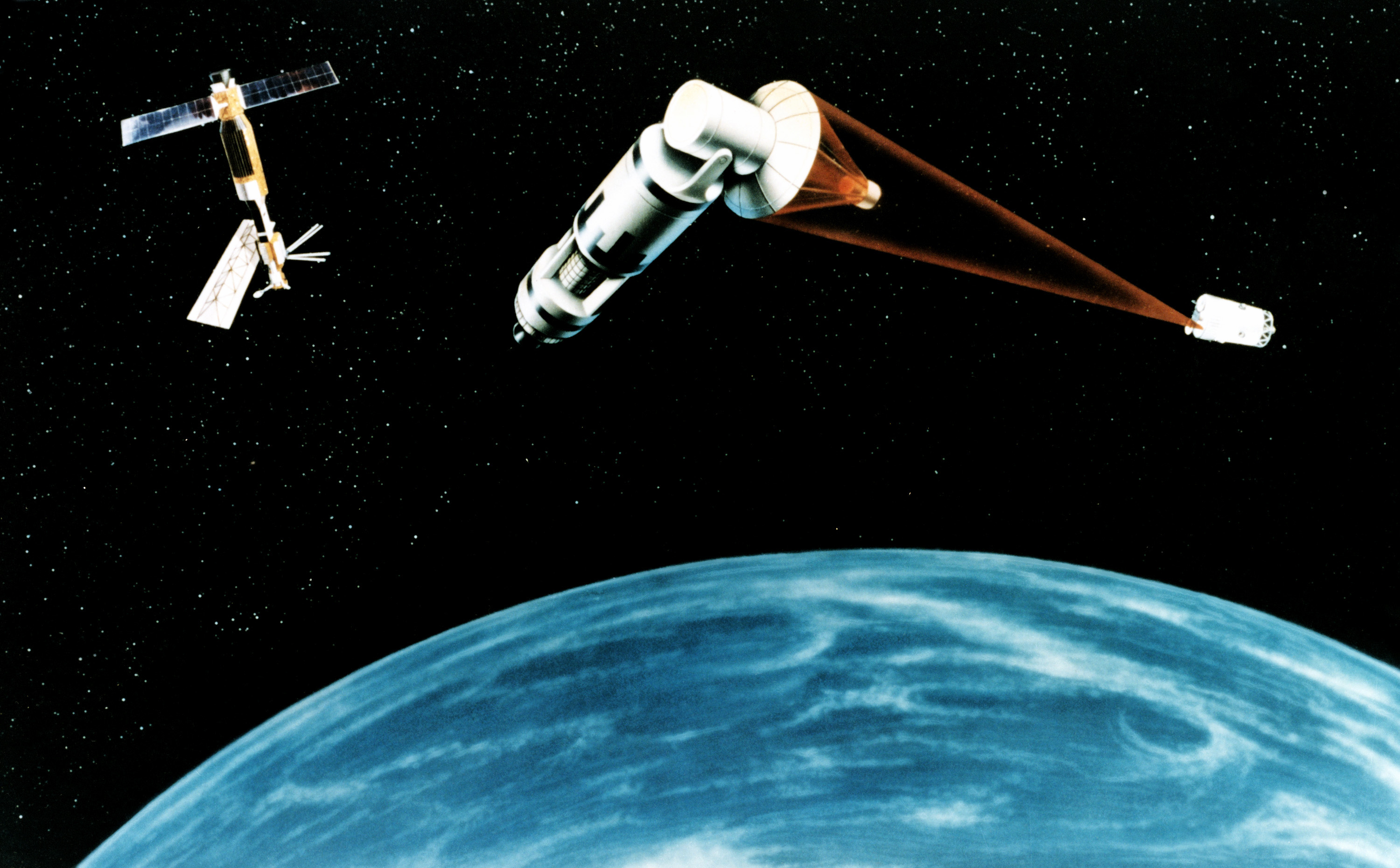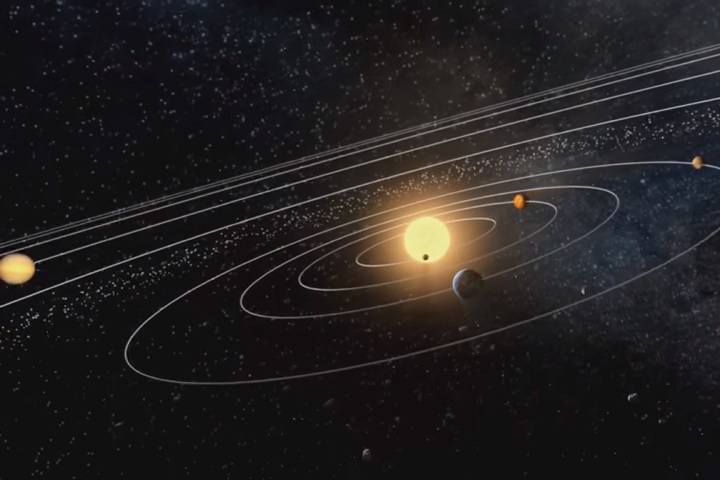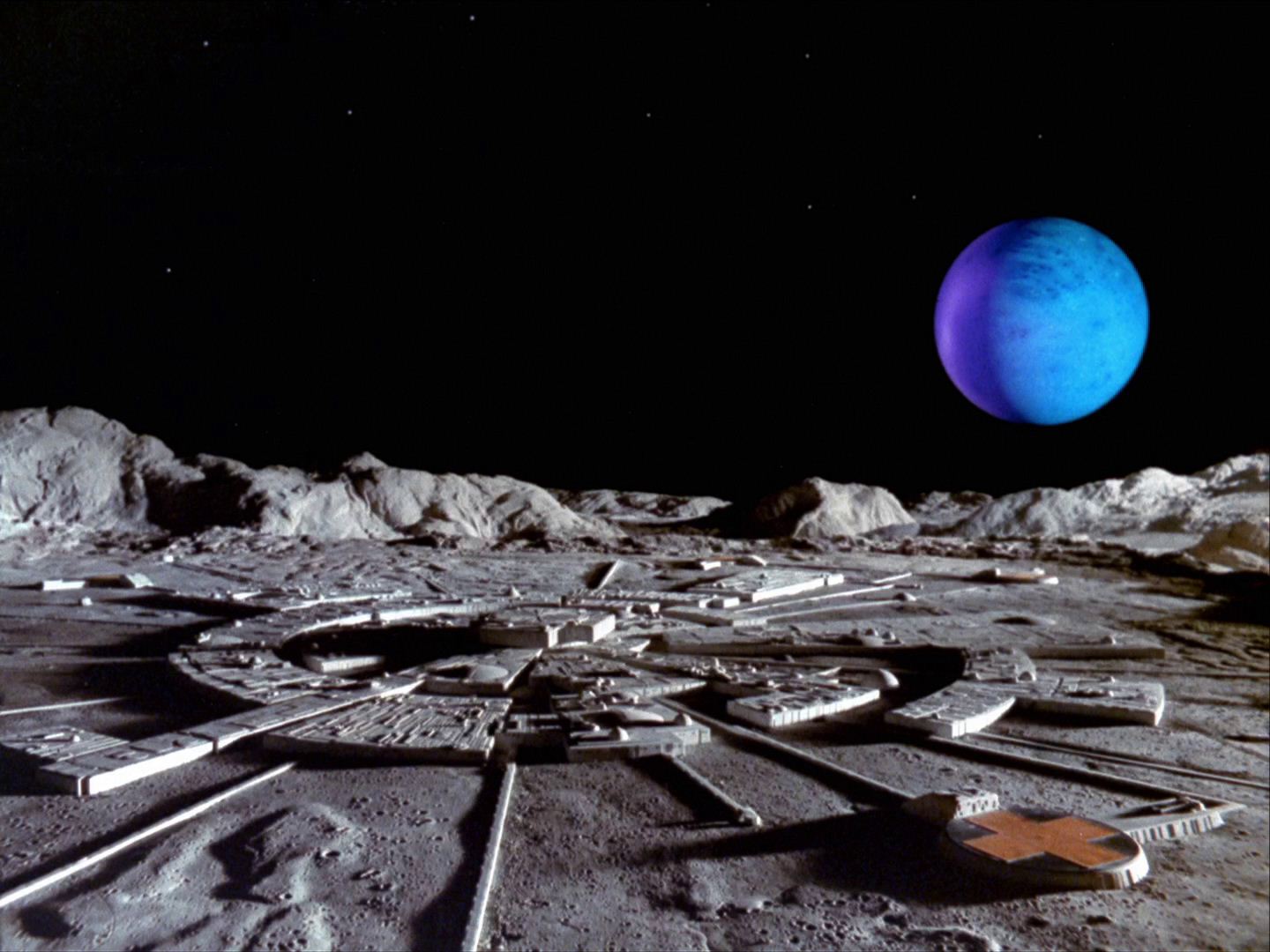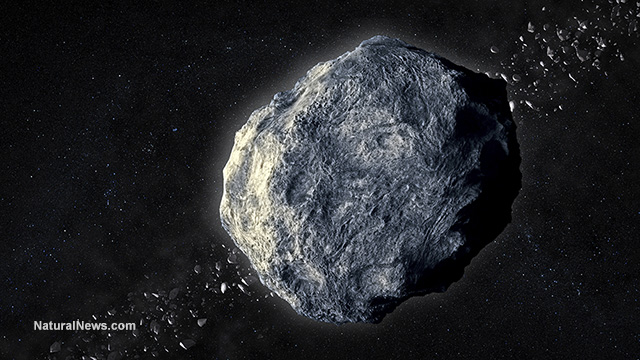Study: Earth’s inner core may have reversed its rotation
01/27/2023 / By Belle Carter

Earth’s inner core may have reversed its rotation, according to a team of researchers from China. The team’s peer-reviewed study was published Monday, Jan. 23, in the journal Nature Geoscience.
The reversal of the inner core rotation would shorten the length of the day by a fraction of a millisecond over the course of a year, which may have a small effect on Earth’s magnetic field, but wouldn’t affect life on the surface.
At the center of our planet is a solid mass of nickel and iron, crushed down by gravity into a sphere roughly 2,400 kilometers wide. This solid core is surrounded by an outer layer of liquid iron and nickel, which generates Earth’s protective geomagnetic field, and beyond that are the layers of the mantle and finally the crust. (Related: Scientists float possibility that there is a large “ocean” near Earth’s core.)
“In theory, it has been going on for a long time, but we only have observations over a few decades,” said Xiaodong Song, a seismologist at Peking University in Beijing and a co-author of the new study.
Song and co-author Yi Yang analyzed seismic waves from similar earthquakes that have passed through Earth along similar paths since the 1960s. They found that between 2009 and 2020, that rotation stopped and possibly reversed direction.
“We have those repeating earthquakes that happen at the same location,” Yang said. “It is like we are doing a CT scan for the Earth.”
Experts offer mixed opinions on the study
John Vidale, Earth Sciences professor at the University of Southern California and not involved in the study, said that the changes the team noticed are valid. However, what is actually happening is not so clear.
“They have a very good analysis and the theory they put in the papers is probably as good as anything at the moment, but there are several competing ideas as well,” Vidale said, noting that other scientists theorize that the inner core changes its rotation at shorter intervals than the 70-year cycle described by the new study’s authors.
Hrvoje Tkalcic, a geophysicist at the Australian National University who was also not part of the study, agreed that the study’s “data analysis is sound.” But, the study’s findings “should be taken cautiously” as “more data and innovative methods are needed to shed light on this interesting problem.”
A study published in June 2022 looked into the seismic data from nuclear bomb tests to closely track how the inner core rotation changed from 1969 to 1974.
The results showed that the core was sub-rotating from 1969 to 1971 and super rotating from 1971 to 1974. The changes in the rate of rotation of the inner core appear to match up with the pattern of variations in the length of day (LOD) on Earth from the past 60 years or so – super rotation of the core means slightly shorter days, and sub-rotation means slightly longer days.
While this might seem like the plot of a sci-fi disaster movie, the change in rotation of the Earth’s inner core is nothing to worry about as the core will never stop spinning as long as the planet is traveling around the sun.
Visit Cosmic.news for more stories about Earth and other planets.
Watch the video below on what the public should know related to the stopping of rotation and reversing of the direction of Earth’s core.
This video is from the Evolutionary Energy Arts channel on Brighteon.com.
More related stories:
Baffling new substance discovered deep inside Earth’s core.
Massive “ocean” hidden in Earth’s mantle linked to deep-focus earthquakes, research suggests.
“Superionic” minerals flow through Earth’s deep mantle, according to study.
Earth’s mantle houses the remains of the ancient planet Theia, researchers suggest.
Sources include:
Submit a correction >>
Tagged Under:
discoveries, Earth, Earth's core, Earth's mantle, earthquake, geology, inner core, length of day, research, science, subrotation, superrotation, weather, weird science
This article may contain statements that reflect the opinion of the author
RECENT NEWS & ARTICLES
COPYRIGHT © 2017 SPACE.COM
All content posted on this site is protected under Free Speech. Space.com is not responsible for content written by contributing authors. The information on this site is provided for educational and entertainment purposes only. It is not intended as a substitute for professional advice of any kind. Space.com assumes no responsibility for the use or misuse of this material. All trademarks, registered trademarks and service marks mentioned on this site are the property of their respective owners.



















